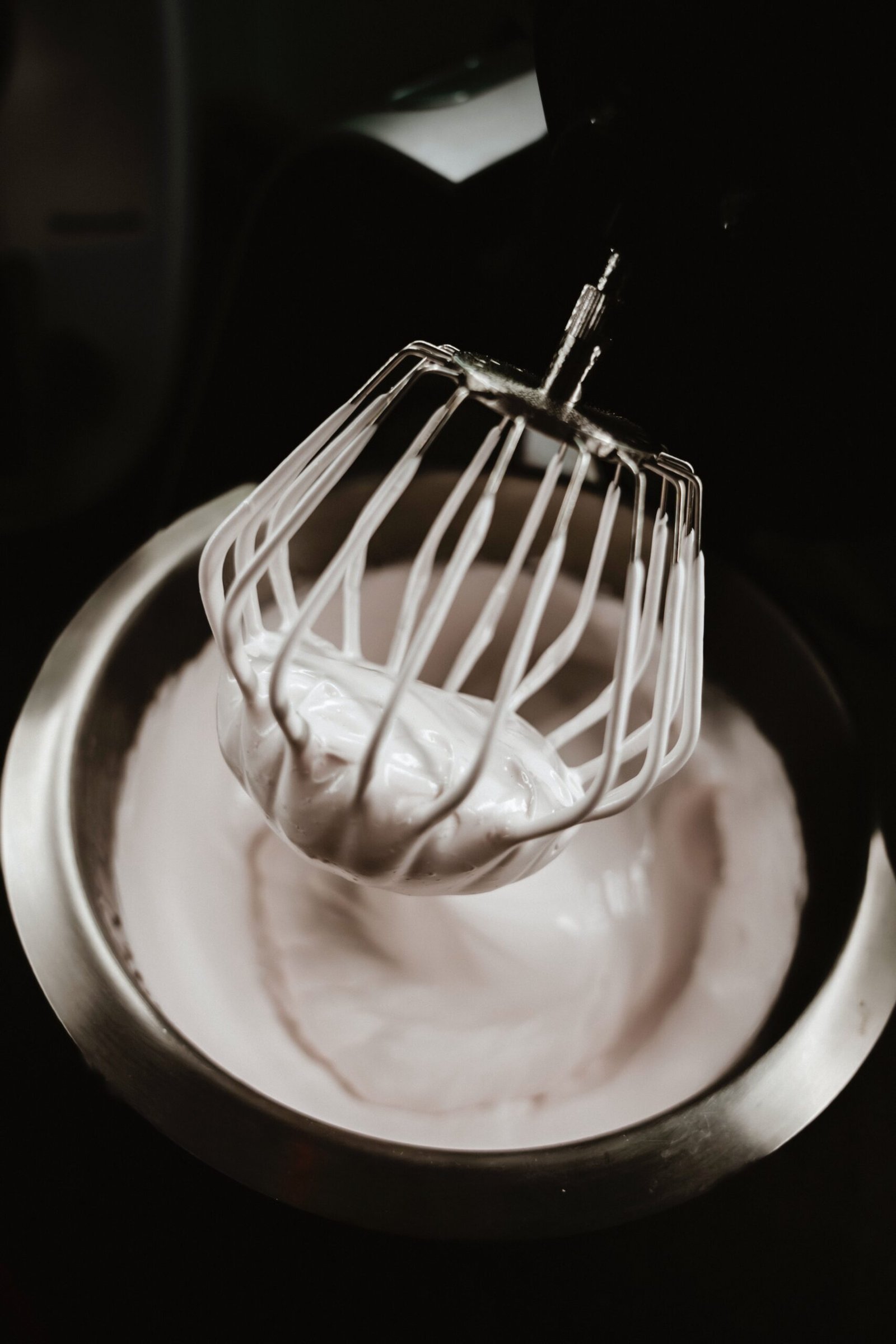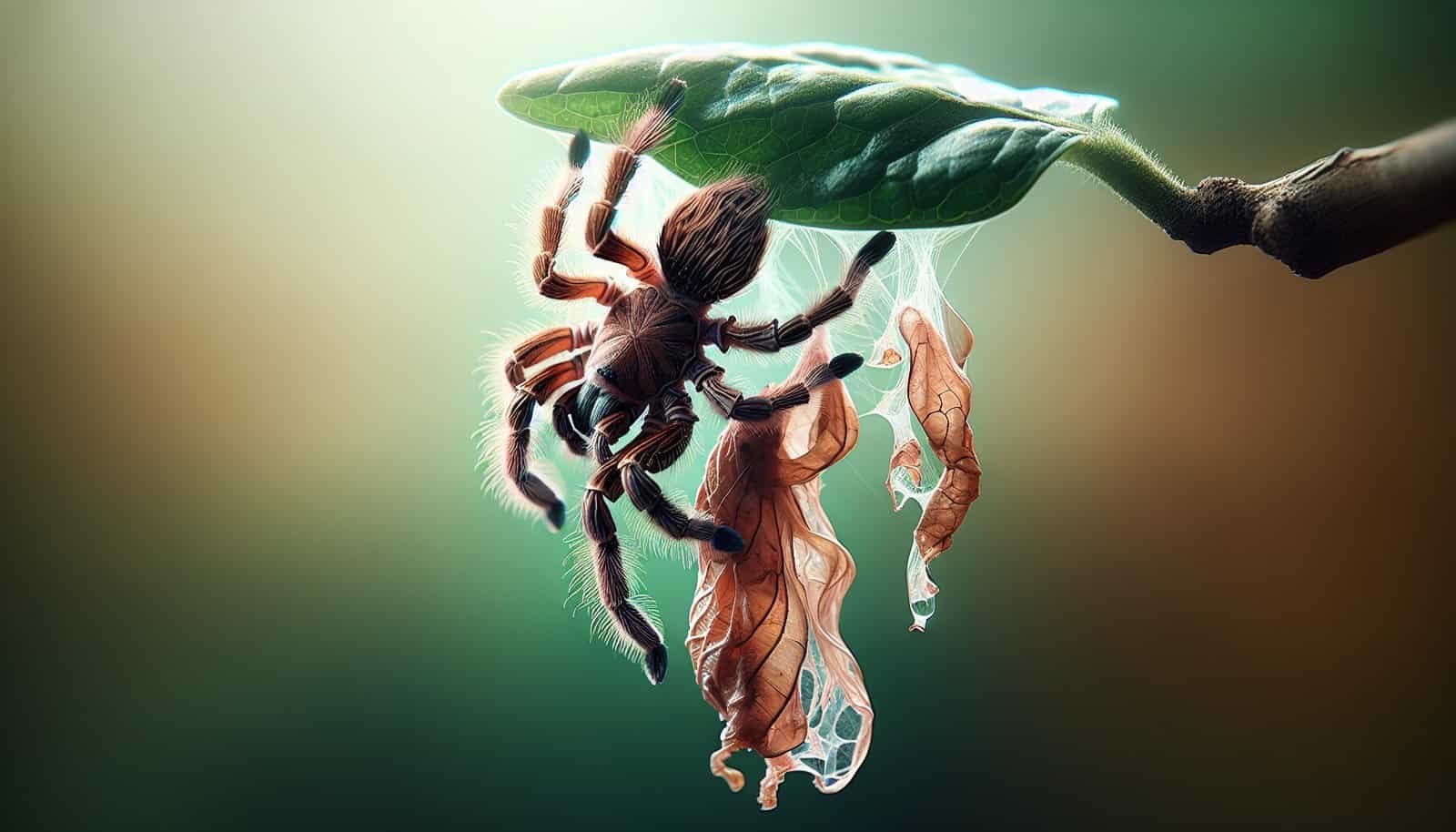Have you ever wondered if tarantula eggs can be hatched outside their natural environment? With the fascination surrounding these eight-legged creatures, it’s no surprise that enthusiasts and researchers alike are intrigued by the possibility of artificially incubating tarantula eggs. In this article, we will explore the potential of providing a nurturing environment for tarantula eggs, diving into the methods and challenges associated with artificially incubating these delicate arachnid progenies. Get ready to unravel the mysteries of tarantula egg incubation like never before!

Factors to Consider
Temperature
When it comes to incubating tarantula eggs, temperature is a crucial factor to consider. Tarantulas are ectothermic creatures, which means their body temperature is determined by the environment they are in. For successful egg incubation, it’s important to maintain a consistent temperature within the incubation container. The ideal temperature for most tarantula species ranges between 75°F and 85°F (24°C and 29°C). This temperature range promotes proper development and prevents any potential harm to the growing embryos.
Humidity
Alongside temperature, humidity is another vital factor in the incubation process. Tarantula eggs require a certain level of moisture to develop properly. The right humidity level creates a suitable environment for embryo growth and prevents the eggs from drying out. Generally, tarantulas prefer a higher humidity level during incubation, usually around 80% to 90%. However, it’s important to note that specific tarantula species may have slightly different humidity requirements, so it’s crucial to research and cater to their needs accordingly.
Substrate
Choosing the right substrate is essential for successful tarantula egg incubation. The substrate plays a significant role in maintaining moisture and temperature levels within the incubation container. A popular choice for tarantula egg incubation is vermiculite or a mix of vermiculite and water. This substrate retains moisture effectively and provides a stable environment for the growing embryos. It is important to ensure that the substrate is not overly wet, as excessively moist conditions can lead to mold or fungal growth, potentially harming the tarantula eggs.
Ventilation
Proper air circulation is crucial during tarantula egg incubation. Sufficient ventilation helps maintain stable oxygen levels within the incubation container, ensuring the healthy development of the embryos. However, it’s important to strike a balance between ventilation and humidity. Too much ventilation can cause the incubation environment to dry out, while too little ventilation can lead to stagnant air, potentially affecting the overall development of the eggs. Regular monitoring and adjustment of ventilation levels are necessary to create an optimal incubation environment.
Choosing the Right Container
Container Size
Selecting the appropriate container size for tarantula egg incubation is key to ensuring the well-being of the developing embryos. The container should provide enough space for the eggs and ample room for air circulation. Consider the size of the egg sac and the expected number of eggs when choosing the container size. It’s important to avoid overcrowding as this can impede proper development and ventilation. Additionally, a larger container allows for easier maintenance and temperature regulation during the incubation process.
Lid Type
The choice of lid for the incubation container also plays a role in maintaining optimal conditions. A breathable lid is preferred to allow for proper air circulation while preventing contaminants, such as dust or pests, from entering the container. A mesh or fine-grained screen can be used as a lid to ensure a good balance of ventilation and protection. Avoid using airtight lids, as they can cause stagnant air and hinder oxygen flow, potentially compromising the development of the tarantula embryos.
Substrate Depth
The depth of the substrate within the incubation container is another consideration to keep in mind. It’s recommended to have a substrate depth of around 1 to 2 inches (2.5 to 5 cm) to provide enough moisture for the eggs and ensure proper insulation. The substrate should be evenly distributed and not excessively compacted to allow for moisture retention and proper air circulation. Regular monitoring of the substrate moisture levels is important to prevent dehydration or excessive dampness, both of which can negatively impact the developing eggs.
Preparing the Incubation Container
Cleaning and Sterilization
Before setting up the incubation container, it is crucial to clean and sterilize it thoroughly. This step helps minimize the risk of introducing harmful microorganisms or contaminants that could potentially harm the eggs. Start by washing the container with mild soap and warm water, ensuring that no residue or chemicals are left behind. After rinsing, sterilize the container by using a suitable disinfectant or by heating it in an oven at a temperature above 180°F (82.2°C) for about 30 minutes. Once sterilized, allow the container to cool down completely before proceeding with the setup.
Substrate Placement
After sterilizing the container, it’s time to add the substrate. Take the previously selected substrate, such as vermiculite or a vermiculite-water mixture, and evenly distribute it at the desired depth within the container. Gently pat down the substrate to ensure it is level and avoid any excessive moisture retention. It is also a good practice to pre-wet the substrate slightly before placing the eggs, ensuring a suitable humidity level within the incubation container from the start.
Temperature and Humidity Setup
After preparing the incubation container, it is essential to establish and monitor the temperature and humidity levels. Use a reliable thermometer and hygrometer to accurately measure these parameters. Place a thermometer within the container to monitor the temperature closely. If necessary, use a heat mat, thermostat, or heating element to regulate and maintain the desired temperature range. To control humidity, consider using a spray bottle or a humidity monitor with a misting system for regular moisture adjustments. Regularly check and adjust temperature and humidity levels as needed to ensure a stable incubation environment.
Collecting and Handling Tarantula Eggs
Identifying Fertile Eggs
Before proceeding with incubation, it’s essential to identify fertile eggs. Fertile tarantula eggs are typically white or creamy in color and have a healthy, plump appearance. Infertile eggs, on the other hand, tend to appear shriveled, discolored, or translucent. Carefully examine the egg sac and gently touch the eggs to identify any signs of fertility. It’s important to note that not all eggs within an egg sac may be fertile, so it’s crucial to handle them with care during the selection process.
Gently Removing Eggs
Once the fertile eggs have been identified, it’s time to carefully remove them from the egg sac. Handling tarantula eggs requires a delicate touch to avoid damaging the embryos. Use clean, sterile tweezers or forceps to gently separate individual eggs from the egg sac. Take extra care to ensure the eggs are not dropped or mishandled, as any impact can be detrimental to their development. Place the eggs onto the prepared incubation container’s surface, spacing them evenly and avoiding any overlapping.

Incubation Techniques
Artificially Incubating Tarantula Eggs
Artificial incubation of tarantula eggs involves recreating and providing the necessary environmental conditions within the incubation container. This method allows for precise control over temperature and humidity, promoting optimal development. Following the previously mentioned temperature and humidity setup, place the container in a suitable location away from direct sunlight and drafts. Regularly monitor and fine-tune the incubation parameters to mimic the natural conditions required for the specific tarantula species.
Natural Incubation Methods
In contrast to artificial incubation, natural incubation methods involve leaving the egg sac intact within the tarantula’s enclosure. This allows the mother tarantula to naturally provide the necessary conditions for egg development. Ensure that the mother tarantula has a suitable enclosure with proper temperature and humidity levels. Provide her with sufficient food and maintain a stress-free environment to optimize the chances of successful natural incubation. However, keep in mind that natural incubation may limit control over incubation conditions and could pose additional challenges.
Monitoring and Care during Incubation
Temperature and Humidity Checks
Throughout the incubation period, regular monitoring of temperature and humidity levels is vital to ensure the continued well-being of the developing embryos. Use a reliable thermometer and hygrometer to check these parameters at least once or twice a day. Make necessary adjustments to maintain the desired temperature and humidity range. It’s essential to be attentive to any fluctuations, as sudden changes can negatively impact egg development. Documenting the temperature and humidity readings can help track trends and identify any potential issues.
Preventing Mold and Bacterial Growth
Maintaining a clean and conducive incubation environment is crucial to prevent the growth of mold or harmful bacteria. Regularly inspect the incubation container for signs of mold or bacterial growth, particularly on the substrate’s surface. If any contamination is found, remove and discard the affected substrate carefully. Take precautions to avoid introducing contaminants during substrate replacement. Maintaining proper ventilation and avoiding excessive moisture are key to preventing mold and bacterial issues during the incubation process.

Egg Development Stages
Egg Sac Opening
As the incubation period progresses, you may notice gradual changes in the egg sac. One significant milestone is the opening of the egg sac. This stage indicates that the spiderlings inside have reached a certain level of development and are preparing to emerge. The time it takes for the egg sac to open can vary among different tarantula species and individual egg sacs. It’s important to be patient and avoid interfering with the process, as premature intervention can have detrimental effects on the tarantula embryos.
Embryo Development
During incubation, closely observing the development of the tarantula embryos can provide valuable insights into their progress. The embryos will undergo various stages of growth, becoming more defined and visible over time. Detailed monitoring of the development process may reveal changes in color, size, and overall appearance. However, it’s important to minimize disturbances and handle the eggs sparingly to avoid potential harm. Remember that each species may have its own unique developmental timeline, so it’s essential to research and familiarize yourself with the specific tarantula species you are dealing with.
Hatching Time
The incubation period concludes with the highly anticipated hatching of the tarantula eggs. The hatching time can range from several weeks to months, depending on the tarantula species. It’s important to resist the temptation to rush or interfere during this stage. Allow the spiderlings to emerge naturally from their eggs, as they will do so when they are fully developed and ready. Once the eggs have hatched, it’s time to shift the focus to post-incubation care and ensuring the proper growth and wellbeing of the spiderlings.
Post-incubation Care
Separating Spiderlings
After the spiderlings have hatched, it’s crucial to separate them from each other to prevent cannibalism or injuries. Gently transfer each spiderling to individual enclosures using clean, sterile tweezers or forceps. Provide each enclosure with suitable substrate, hiding spots, and a water source specific to the spiderling’s size. It’s important to provide enough space for their growth and to prevent overcrowding, especially as they go through subsequent molting stages.
Feeding and Watering
Feeding and watering the spiderlings are fundamental aspects of their post-incubation care. Offer appropriately sized prey items to the spiderlings to ensure they receive proper nutrition for healthy growth. Small insects, such as fruit flies or pinhead crickets, are usually suitable for tiny spiderlings, while larger species may require larger prey. Additionally, always provide a small, shallow water dish to ensure access to fresh water, which is vital for their hydration.
Growth Monitoring
Monitoring the growth and development of the spiderlings is essential to ensure their overall health and well-being. Observe their feeding patterns, molting frequency, and overall activity levels to assess their progress. Note any abnormalities or signs of ill health, such as lethargy, loss of appetite, or difficulty molting. By closely monitoring their growth and promptly addressing any issues, you can provide the necessary care and support to maximize their chances of reaching adulthood successfully.

Common Challenges and Troubleshooting
Mold or Fungal Growth
One common challenge during tarantula egg incubation is the development of mold or fungal growth. This can occur due to excessive moisture or poor ventilation within the incubation container. To address this issue, carefully remove and replace any affected substrate. Adjust the ventilation levels to promote better air circulation and reduce moisture buildup. Regularly monitor humidity levels and avoid oversaturating the substrate. It’s important to maintain a dry and hygienic incubation environment to minimize the risk of mold or fungal growth.
Variations in Incubation Time
Incubation time can vary between different tarantula species and even among individual egg sacs within the same species. Factors such as temperature, humidity, and genetics may influence the duration of the incubation period. If you notice a longer or shorter incubation time than anticipated, it’s important to review and verify that the incubation conditions are suitable. Ensure that the temperature and humidity levels are within the appropriate range for the specific tarantula species. By maintaining consistent and optimal conditions, you increase the likelihood of timely hatching.
Abnormalities in Spiderlings
In some cases, spiderlings may exhibit abnormalities or developmental issues. This can include deformities, difficulty molting, or other physical abnormalities. It’s important to address any such concerns promptly. Consult with experienced tarantula breeders or veterinarians specialized in arachnids to seek advice on potential causes and solutions. Genetic factors or suboptimal incubation conditions may contribute to developmental abnormalities in spiderlings. By seeking professional guidance and implementing appropriate remedial measures, you can provide the best possible care for the affected spiderlings.
Ethical Considerations
Ecological Impact
When working with tarantula eggs, it is essential to consider the ecological impact of breeding and keeping tarantulas. Tarantulas play a vital role in ecosystems, contributing to insect population control. Breeding tarantulas should be done responsibly, ensuring that the offspring have appropriate care and suitable homes. Avoid overbreeding or unregulated collection from the wild to maintain a balanced ecosystem.
Wildlife Regulations
Before engaging in breeding or buying tarantulas, it’s essential to be aware of and comply with any relevant wildlife regulations. Different countries or regions may have specific laws governing the breeding, sale, or possession of tarantulas. Familiarize yourself with these regulations to ensure ethical and legal practices. Additionally, ensure that any purchased tarantulas or their offspring originated from legal and sustainable sources.
Responsible Breeding Practices
Responsible breeding practices are crucial for the health and welfare of tarantulas. Avoid excessive or indiscriminate breeding that may lead to overcrowding or surplus spiderlings. Ensure that the breeding pairs are compatible and in good health to reduce the risk of complications or genetic issues. Prioritize the overall well-being of the tarantulas and provide appropriate care throughout the breeding and incubation process.
In conclusion, incubating tarantula eggs can be a fascinating and rewarding experience. By carefully considering temperature, humidity, substrate, and ventilation, you can create an optimal incubation environment for the eggs. Choosing the right container and preparing it correctly, handling the eggs delicately, and selecting the appropriate incubation technique further contribute to successful incubation. Throughout the process, it is essential to monitor and maintain the necessary conditions, ensure proper post-incubation care, and address any challenges or abnormalities that may arise. Adopting ethical considerations, such as understanding the ecological impact and complying with wildlife regulations, further promotes responsible and sustainable breeding practices. With the right knowledge and care, you can increase the chances of successfully incubating tarantula eggs and witnessing the emergence of healthy spiderlings.

